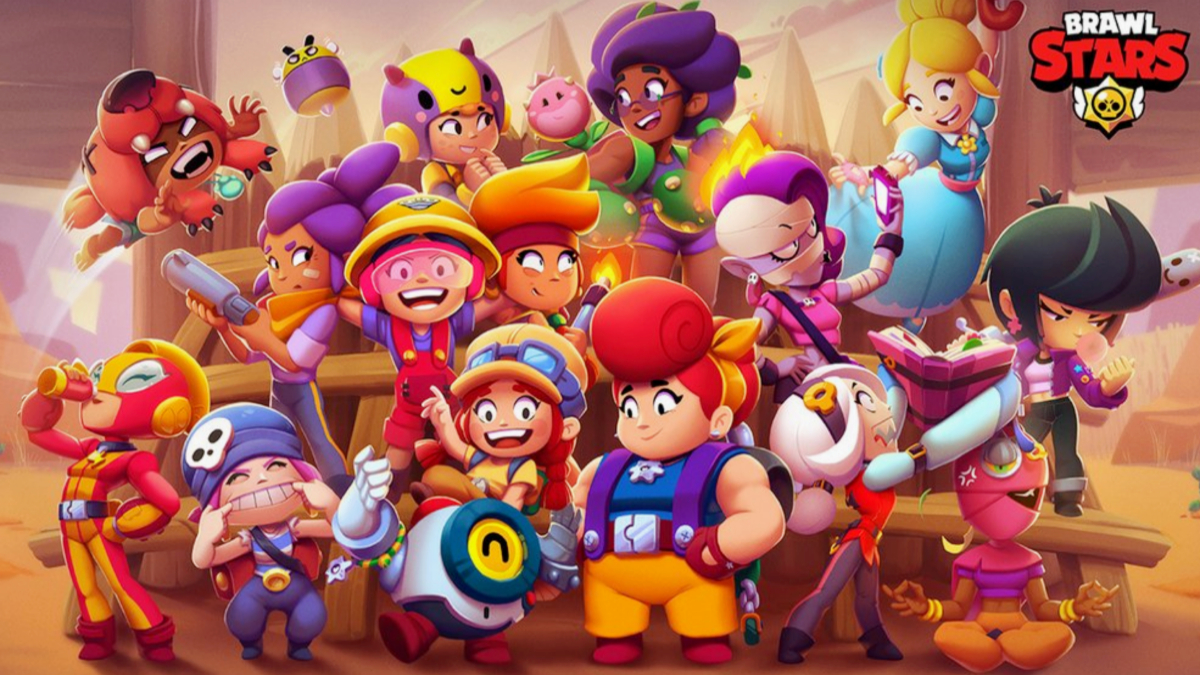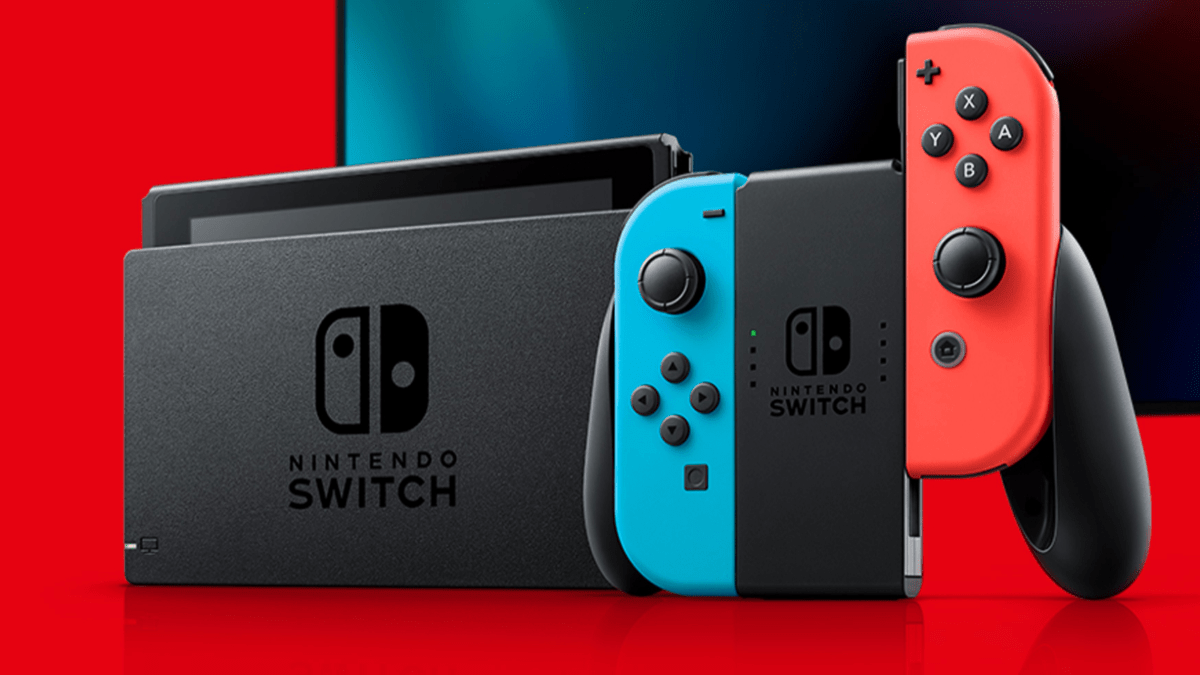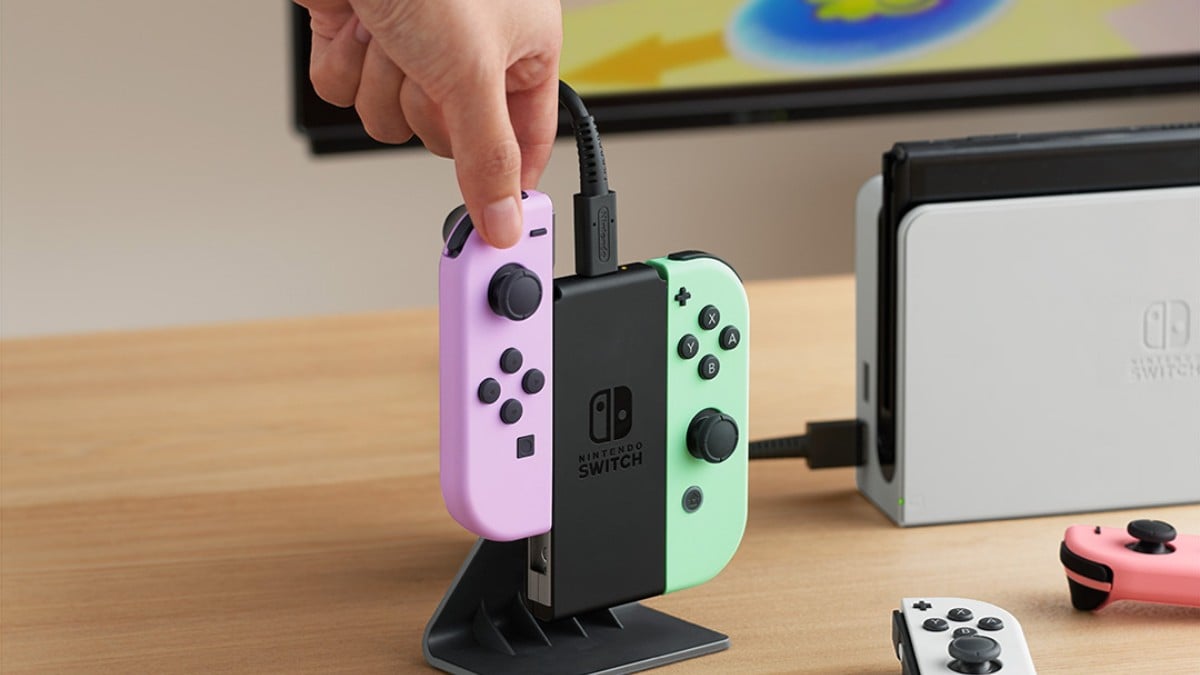The Legend Of Zelda series games has enamored fans for years since the original release all the way back in 1986. While the console games have been amazing, some of the handheld titles show the best of what the series has to offer by far.
While some are older now, many have been remastered making them easier to get than ever before. Zelda fans looking for the best games from the series to play while on the go will find these titles perfect to choose from.
The Legend Of Zelda: Link’s Awakening

The first in the series on a handheld console, The Legend of Zelda: Link’s Awakening is unique for several reasons. It’s also the first game in the series not to take place in Hyrule or feature Princess Zelda, and the only one to include Yoshi of Super Mario Brothers. The game begins with Link awakening (no pun intended) on the island of Koholint. He must gather eight musical instruments to wake up a sleeping wind fish which will help him to escape from the island.
The original Link’s Awakening was released on the Gameboy in 1993 to commercial and critical success. One major complaint among critics was the monochrome graphics, a problem which Nintendo eventually fixed five years later with a colored graphics re-release on the Gameboy Color in 1998. The new version included an exclusive color-based dungeon and compatibility with the Gameboy Printer.
Link’s Awakening received another update in 2019 with a remake for the Nintendo Switch which has since become one of the best-selling titles on Nintendo’s latest console. This latest update features beautiful new 3D graphics that bring a toy-like charm to the classic title. Like the original before it, the 2019 Link’s Awakening was met with critical praise and offers a nostalgic journey to old fans while creating an opportunity for younger fans to experience a game they may not have a chance to otherwise.
The Legend Of Zelda: Oracle Of Ages & Oracle Of Seasons

Oracle of Ages and Oracle of Seasons were released as a pair for the Gameboy Color in 2001, similar to Pokemon games which often release two at a time. In Oracle of Seasons, Link uses the Rod of Seasons to travel through time, while he uses the Harp of Ages to travel between seasons in Oracle of Ages. Together, the two games are among the best-selling on the Gameboy color and garnered positive reception from fans and critics alike.
The gameplay in these games is largely similar to Link’s Awakening and makes use of the same sounds, graphics, and controls as their predecessor. The games complement each other with the gameplay of Oracle of Seasons centered around action and Oracle of Ages has more to do with puzzle solving. Players can use the games in tandem either with passwords or link cables after they finish both to access alternate versions of each game where they can find new items and complete the story.
The Legend Of Zelda: The Minish Cap

The Legend of Zelda: The Minish Cap was released for the Gameboy Advance in 2005 and introduced the unique mechanic of a living cap named Ezlo which can shrink link down to the size of a bug race known as the Minish. This new ability allows players to experience the game world from an entirely different perspective and access areas that they wouldn’t be able to at Link’s normal size.
The Minish Cap also takes a few steps forward in terms of traversal and combat in a 2D Zelda game, taking some cues from the 3D entries in the series like rolling and advanced sword techniques.
Critics praised the game upon its release for its musical selection and for staying true to and improving on the legacy of the games that preceded it. It’s an essential entry into the Gameboy Advance library and continues to hold a special place in the hearts of fans who grew up playing it on the classic handheld platform.
The Legend Of Zelda: Phantom Hourglass

Although the touch screen controls feel gimmicky in hindsight and bog down 2007’s The Legend of Zelda: Phantom Hourglass more than anything, the game is still an excellent Zelda adventure with unique and compelling mechanics that makes good use of the Nintendo DS Hardware.
The story is a follow-up to The Legend of Zelda: The Wind Waker, which takes a link on a journey across the high seas alongside his trusty companion Captain Linebeck as they set off in search of Link’s friend Tetra defeat the evil Bellum. Players use the touch screen to control Link and mark important landmarks on the islands they visit.
While Phantom Hourglass sold well and received a mostly positive response from critics, the game was knocked for its relative ease compared to previous Zelda titles, and the frustrating time limits associated with the game’s major dungeon that forced players to go through sections repeatedly.
The Legend Of Zelda: Ocarina Of Time 3D

Nintendo released the original Ocarina of Time on the Nintendo 64 in 1998 and the game was made available on the Gamecube and Wii consoles subsequently thereafter. The original is widely considered to be one of the best Zelda games as well as one of the greatest games of all time.
It was the first game in the series to make the jump into three-dimensional graphics and stands alongside Super Mario 64 in terms of sheer innovation. The game breathed new life into the storytelling of the franchise and has served as a blueprint for exploration and problem-solving in a 3D game environment, inspiring countless other games in the years since. There’s no doubt gaming wouldn’t be the same without this important leap forward for the art form.
Ocarina of Time finally made its handheld debut in 2011 on the Nintendo 3DS with a shiny new coat of graphical paint as well as the 3DS’s stereoscopic 3D effect. The remake also features mirrored versions of the world and dungeons and a boss challenge mode.
Ocarina of Time 3D is launched to virtually universal acclaim from critics and remains one of the best-selling games on Nintendo 3DS. It serves as a fantastic entry point into the series for gamers of any age. Nintendo’s apparent refusal to port this and other classic games to the Nintendo Switch is the only shame.
The Legend Of Zelda: Majora’s Mask 3D

The Legend of Zelda: Majora’s Mask was released in 2000 and is the other entry in the franchise to originally launch on the Nintendo 64 before eventually making its way to the Nintendo 3DS as a remake with revamped graphics. While not as universally loved among fans as Ocarina of Time, Majora’s Mask retains a loyal fanbase to this day and builds off some of the core concepts introduced in the game that preceded it.
The narrative follows Link into the world of Termina two months after the events of Ocarina of Time. Time is of the essence in Majora’s Mask as Link must race against the clock before Termina’s moon crashes into the world and obliterates everything in its path. Another new mechanic is the use of masks that endow Link with unique abilities and help him to traverse Termina and overcome the obstacles in his way.
The 3DS remake released in 2015, and much like Ocarina of Time 3D, brought the Nintendo 64 classic to fans old and new alike with improved graphics, quality of life improvements, including a new fishing mini-game, a more convenient save system, and the ability to switch to anytime in the day/night cycle as opposed to the six-hour intervals of the original.
The Legend Of Zelda: A Link Between Worlds

In 2013, more than 20 years after the release of A Link to the Past, Nintendo released a direct follow-up for Nintendo 3DS called The Legend of Zelda: A Link Between Worlds. The game is set in the same version of Hyrule as the original, with players exploring both Hyrule and its parallel form, Lorule to complete their quest. In this version, the levels are reworked, and players can merge with walls and solve hybrids of 2D and 3D puzzles. A Link Between Worlds also allows players to rent items and tackle the various dungeons in any order they choose.
Critics praised A Link Between Worlds for the open-ended nature of the gameplay and its unique twists on the open-ended formula. The game also sold exceptionally well upon its release. With this game alongside the remakes of both Majora’s Mask and Ocarina of Time, the Nintendo 3DS may just be the best place to play The Legend of Zelda on the go.
The Legend Of Zelda: Breath Of The Wild

The wonderful thing about the Nintendo Switch is that with the merging of Nintendo’s portable and home console pipelines, players get to experience the production value of a current-generation Zelda title in the palm of their hands. The Legend of Zelda: Breath of the Wild is one of the best games ever made and like Ocarina of Time has had a massive impact on the entire games industry through its innovation.
For the first time in the franchise, players can climb almost any surface in the game world for as long as their stamina will allow. Additionally, the glider allows players to traverse Hyrule like never before. The end product is an experience that inspires an unprecedented sense of awe and wonder in players that rewards them for exploration with emergent moments of gameplay that are an absolute delight. The basic gameplay loop has appeared in copycats like Genshin Impact and Immortals: Fenix Rising and is sure to influence other games for many years to come.
When people talk about system sellers, games like Breath of the Wild are exactly what they mean. There’s no doubt the Nintendo Switch wouldn’t be nearly as ubiquitous as it is today if it hadn’t launched with this game, and the fact that you can take the game with you on your daily commute makes it all the sweeter.








Published: Jul 28, 2021 08:22 pm